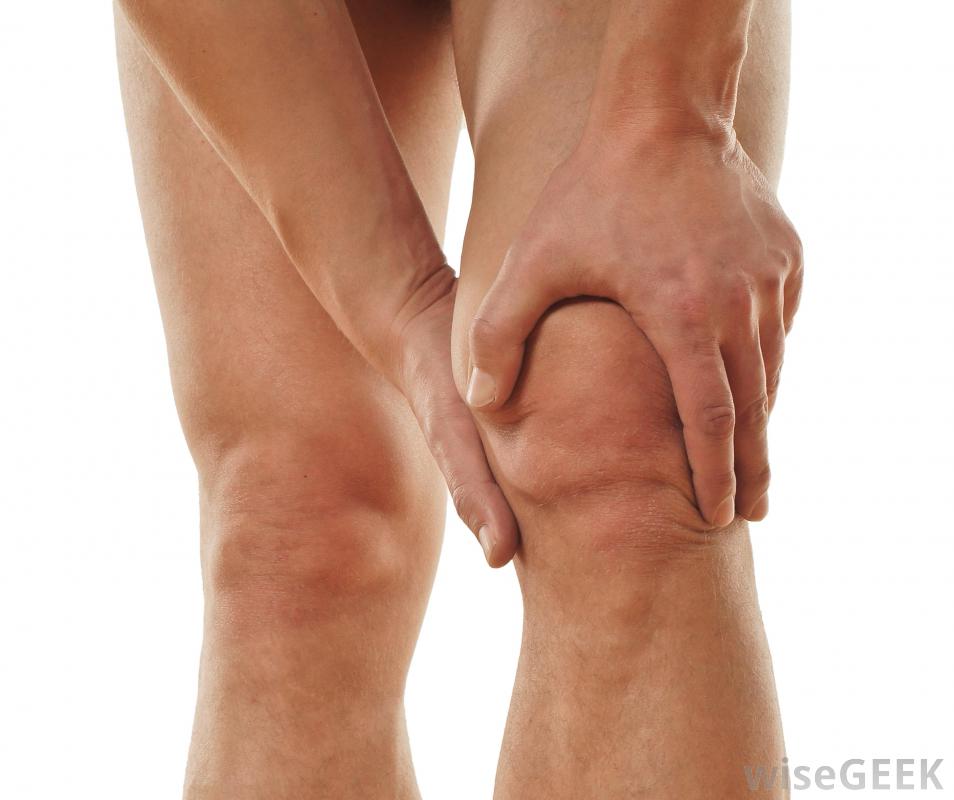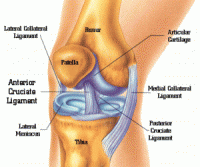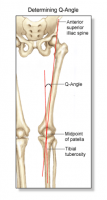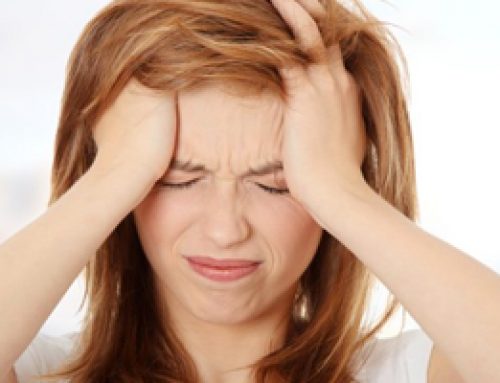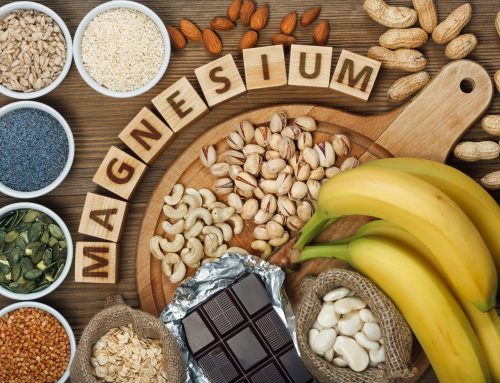A well functioning knee joint is vital to mobility and activity. The knee must support the weight of the body during daily activities such as walking or running. Unfortunately knee pain can be a common aliment. It is estimated that approximately 19% of the population are suffering from knee pain, with women being slightly higher than men.
People can describe knee pain either on the inside (medially), the outside (laterally) or behind (posterior) the knee, fullness in the knee (anterior) and around the knee cap (patella). The pain can be constant or can be intermittent. The knee pain can originate from a traumatic injury or can be from repetitive movement.
One predictive measure we have of knee pain is the Q angle. This is the angle that is formed by the intersection of a line drawn from the ASIS to the central patella and a second line drawn from the central patellar to the tibial tubercle. The normal Q angle for males is 14 degrees and for females is 17 degrees. An increase in this angle can be a good predictor of knee pain and degeneration.
What happens when the Q angle increases?
As the angle increases, it predisposes a muscle imbalance at the knee and can make the patellar track laterally, and increase the load on the medially joint space and stretch ligaments. This can lead to Iliotibial (ITB) Band Friction Syndrome, patellar subluxation or anterior knee pain otherwise known as Patella Femoral Pain Syndrome (PFPS).
This muscle imbalance is evident by strong lateral pull of the quadriceps and tight ITB, which is coupled with a weakness of the inner aspect of the thigh muscle, most commonly the Vastus Medialis Oblique (VMO). Your VMO is a big strong thigh muscle that can control upwards and downwards patellar movement. Once turned off, your VMO can disappear and be quite hard and time consuming to turn back on. Hence mal-tracking of the patellar occurs leading to cartilage wearing and degeneration of the knee.
How does the Q angle increase?
1. Biomechanical compensation to altered movement pattern either below or above the knee. Below the knee is the foot, and if the foot is pronating (rolling in) excessively this will lead to torsion at the knee and the appearance of knock knees due to the poor stability from the foot. This knock knee stretches the medial compartment of the knee and increase the meniscal damage that can occur, leading to firstly inflammation, and followed by degeneration, otherwise known as wear and tear.
Your pelvis and hips are above your knee. If there is unleveling of the pelvis due to aberrant biomechanic movement patterns in the hip or lumbosacral regions there can appear to be either a functional shorten or lengthen leg. The Q angle will increase in this case, and so will the wear and tear of the knee.
2. Joint laxity or instability of the knee ligaments either from trauma or from genetics. When the knee points inwards, the ligaments on the inner aspect of the knee gets overstretched and lax, therefore compromising the stability of the knee joint. There is increased torsional force on the anterior cruciate ligament (ACL) leading to micro tears in this ligament and eventually rupturing it or wearing out the joint cartilage.
What do if my Q angle is above average?
Once the problem of the Q angle is found it is imperative to start to restore this angle to normal ranges. You can do this by:
– Improving the biomechanics of the foot, hip and pelvis
– Retraining the proprioceptive feedback from the knee to help increase stability
– Spending time stretching quadriceps and hip flexors
– Releasing the ITB and then strengthening the VMO and gluteus medius, done when standing on one foot and moving forward in locomotive gait.
The way to treat knee pain is to find its cause. Here at Neurohealth Chiropractic, we have highly skilled and trained sports chiropractors who don’t just look at the knee when presenting with dysfunction. We are trained to look at the body as a whole and find the root of the problem, and to help retrain the muscular imbalances that are around the knee or restore the biomechanics of the joints that help control the knee.
If you know anyone who could benefit from correct rehabilitation of the knee or have any further questions feel free to contact us here at Neurohealth Chiropractic. We will be more than happy to help you out.
If you would like more information or would like to book an appointment at Neurohealth Chiropractic – please call the clinic on 9905 9099 or email us admin@neurohealthchiro.com.au or fill in the contact form from our website www.neurohealthchiro.com.au
Sign up to receive Neurohealth Chiropractic’s Free monthly health newsletter on the Right Hand Side of this page. Filled with great information and lots of easy health tips to keep you at Optimal Health!

